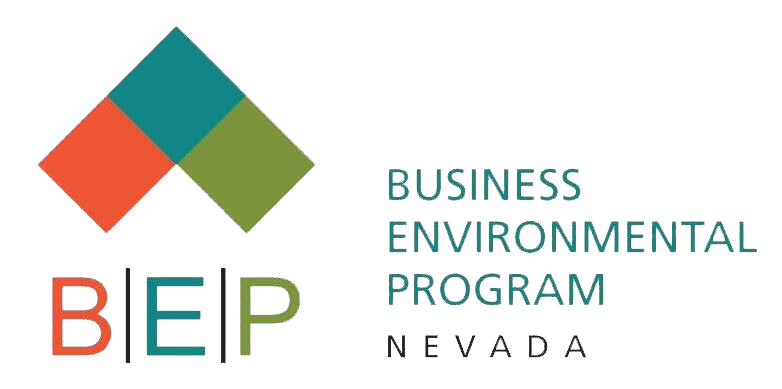EPA Four-Part Webinar Series: How to Manage Asbestos in School Buildings
The US Environmental Protection Agency (EPA) is hosting a four-part webinar training series to help Asbestos Hazard Emergency Response Act (AHERA) designated persons understand their responsibilities to help local education agencies comply with federal asbestos in schools regulations. The asbestos training will include: Part 1: Introduction to Asbestos, August 13, 2021 Part 2: Local Education Agency/Designated Person Requirements, August 16, 2021 Part 3: The AHERA Inspection and Surveillance, August 26, 2021 Part 4: AHERA Operation and Maintenance Program, September 2, 2021 For …
Read MoreEPA Four-Part Webinar Series: How to Manage Asbestos in School Buildings
